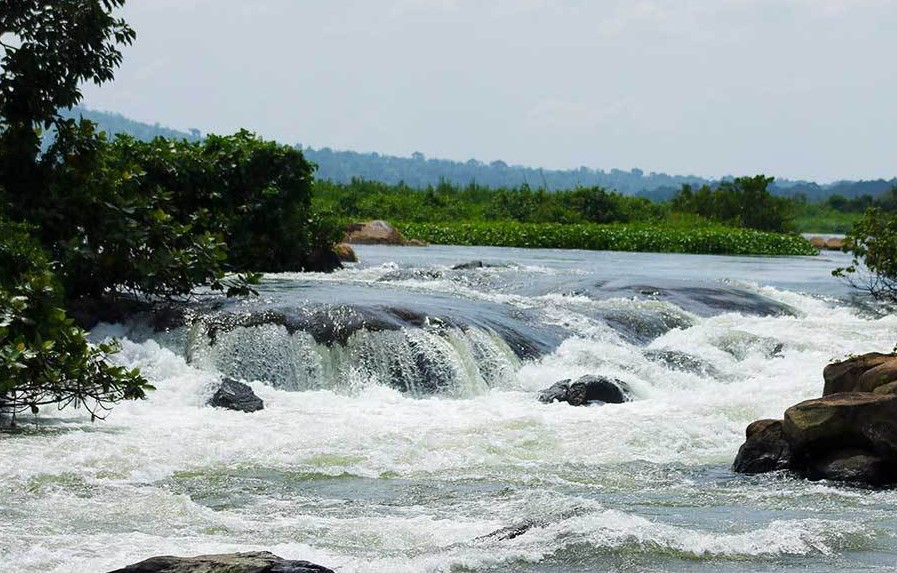Source Of The Nile – The Nile River is the longest river in the world, stretching over 6,600 km (4,100 miles) across northeastern Africa. It is a major source of water for several African countries, and it has played a critical role in the development of civilizations in the region for thousands of years. One of the most fascinating mysteries surrounding the Nile is the source of the river, which for centuries has been the subject of exploration, speculation, and legend.
The search for the source of the Nile began in ancient times, with the ancient Egyptians and Greeks attempting to trace the river back to its origins. However, their efforts were limited by the technology of the time, and the true source of the Nile remained a mystery for thousands of years.
In the 19th century, European explorers began a renewed effort to discover the source of the Nile. The most famous of these explorers was the British explorer, John Hanning Speke, who set out on an expedition to East Africa in 1856. Speke’s journey took him to Lake Victoria, which he believed to be the source of the Nile. However, his claim was disputed by another explorer, Richard Francis Burton, who argued that a nearby lake, Lake Tanganyika, was the true source of the river.
The debate between Speke and Burton continued for several years, until Speke returned to Africa in 1862 to prove his theory. He set out on a journey to explore the region around Lake Victoria, and eventually discovered the Nile’s exit point from the lake, which he named Ripon Falls. Speke claimed that this was the true source of the Nile, and his discovery was widely accepted by the scientific community.
Despite Speke’s claim, there continued to be speculation about the true source of the Nile. In the early 20th century, several other explorers claimed to have discovered the true source of the river. One of these explorers was the Italian, Vittorio Bottego, who in 1895 claimed to have discovered the source of the river in the Ethiopian highlands.

Another explorer, the American geologist, John Walter Gregory, claimed in 1907 that the source of the Nile was in the Mountains of the Moon, a range of mountains in East Africa. Gregory’s theory was based on his observations of the region’s geology, and his claim was supported by several other scientists and explorers.
Despite these claims, the debate over the source of the Nile continued well into the 20th century. In the 1930s, a British explorer named Frank Oates claimed that the source of the Nile was in the Rwenzori Mountains, which are part of the same range of mountains identified by Gregory.
In the decades that followed, the source of the Nile continued to be the subject of exploration and speculation. In the 1950s and 60s, several expeditions were launched to explore the region around Lake Victoria, and to try and determine the true source of the river. In 1958, a British expedition led by John Speke’s nephew, Christopher, claimed to have discovered the true source of the Nile at a small spring on the slopes of Mount Kikizi.
Despite this claim, the debate over the source of the Nile continued. In the 1970s and 80s, several other expeditions were launched to explore the region around Lake Victoria and to try and find new evidence of the true source of the river. However, these efforts were largely unsuccessful, and the source of the Nile remained a mystery.
In recent years, advances in technology have allowed scientists to gain a better understanding of the Nile and its origins. In 2006, a team of scientists from the University of Bristol used satellite technology to study the Nile’s flow and to identify potential sources of the river. Their research indicated that the Nile’s primary source is a small stream known as the River Nyabarongo, which flows from the highlands of Rwanda.
The River Nyabarongo is a tributary of the Kagera River, which flows into Lake Victoria. The discovery of the River Nyabarongo as the primary source of the Nile was a significant breakthrough in our understanding of the river, and it helped to dispel many of the myths and legends that had surrounded the source of the Nile for centuries.
Since the discovery of the River Nyabarongo as the primary source of the Nile, there have been several other studies and expeditions to explore the region and to gain a better understanding of the river’s origins. In 2009, a team of scientists from the University of Texas at Austin conducted a study of the rocks and minerals in the region to gain a better understanding of the geological history of the area and to identify potential sources of the Nile.
Their research indicated that the region around Lake Victoria has a complex geological history, with several different rock formations and geological features that may have played a role in the formation of the Nile. However, they concluded that the River Nyabarongo was the most likely source of the river, based on their analysis of the river’s flow and the geological history of the region.
In addition to scientific research, there have been several other efforts to explore the Nile and to gain a better understanding of its origins. In 2010, a team of British explorers set out on a journey to follow the Nile from its source in Rwanda to its mouth in Egypt. Their journey took them across several African countries, and they faced numerous challenges and obstacles along the way.
Despite these challenges, the expedition was successful in providing a unique insight into the Nile and its importance to the people and cultures of Africa. The expedition also helped to raise awareness about the need to protect the Nile and its surrounding ecosystems, which are under threat from pollution, climate change, and other environmental factors.
Today, the source of the Nile remains a subject of fascination and interest for people around the world. While we now have a much better understanding of the river’s origins, there is still much to be learned about the Nile and its role in shaping the history and culture of the region.
As we continue to explore the Nile and gain a better understanding of its origins, it is important that we work to protect this vital resource and to ensure that it remains a source of life and prosperity for the people of Africa for generations to come.


Comment (0)